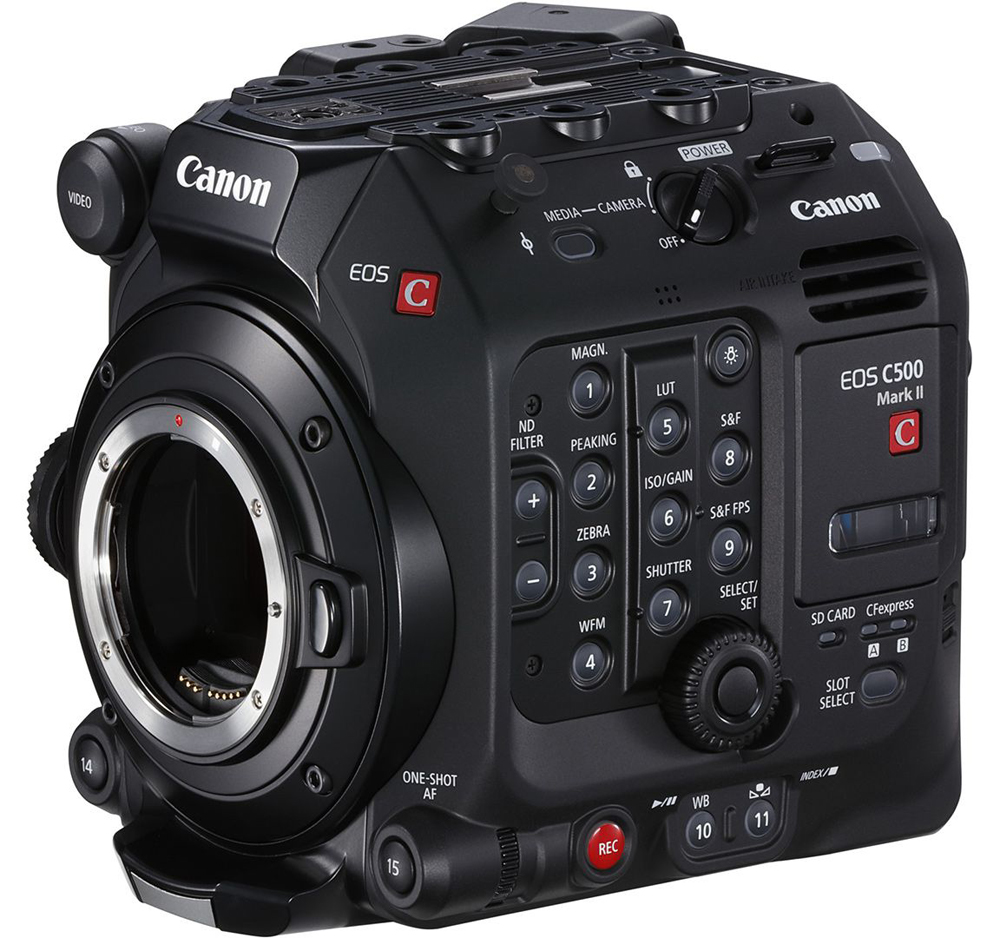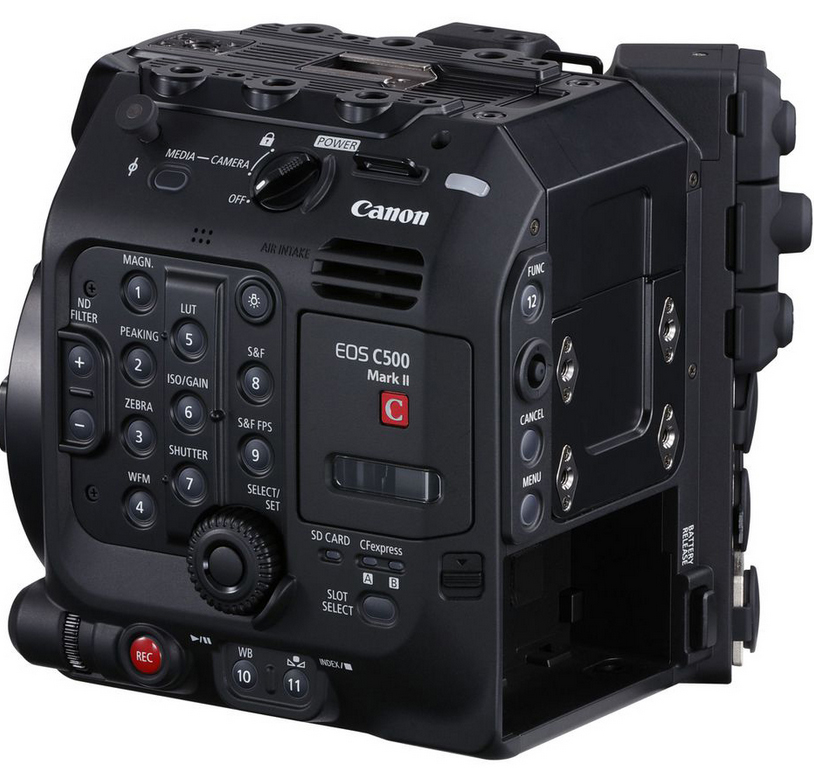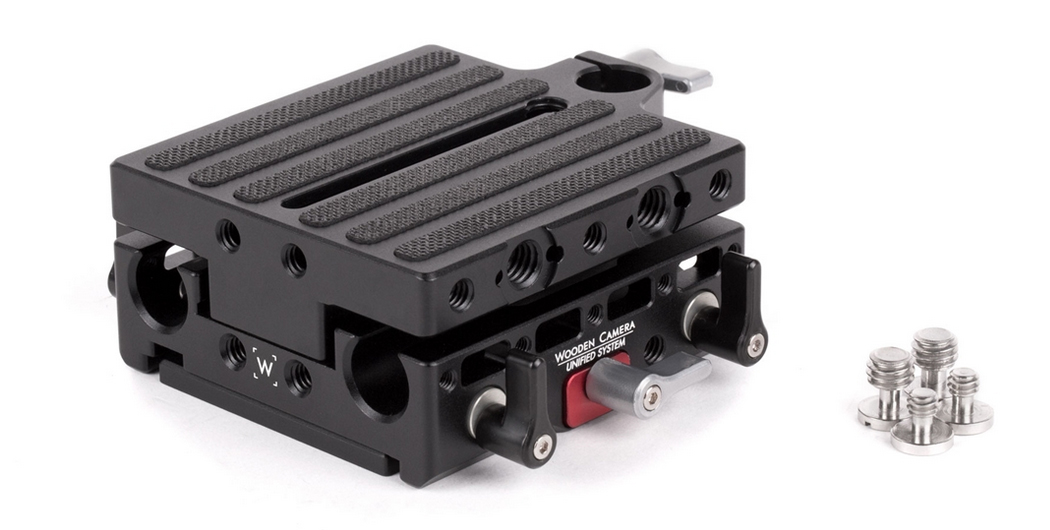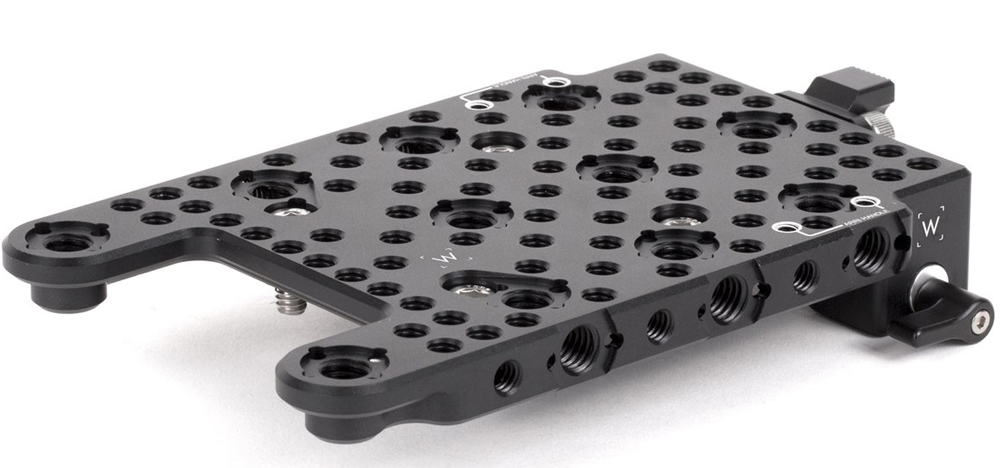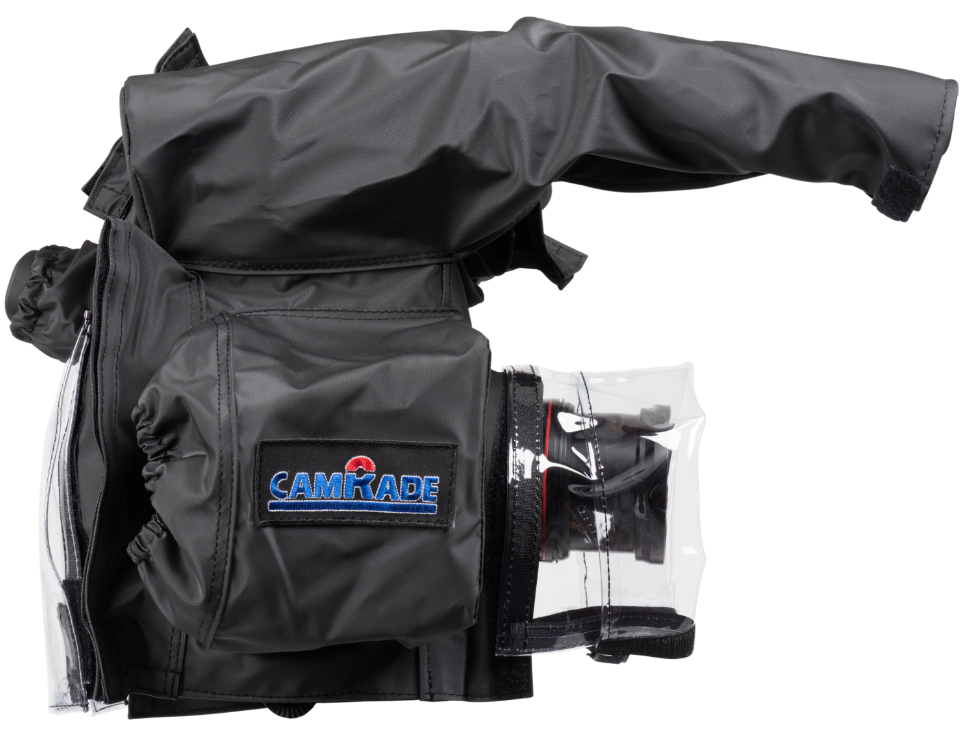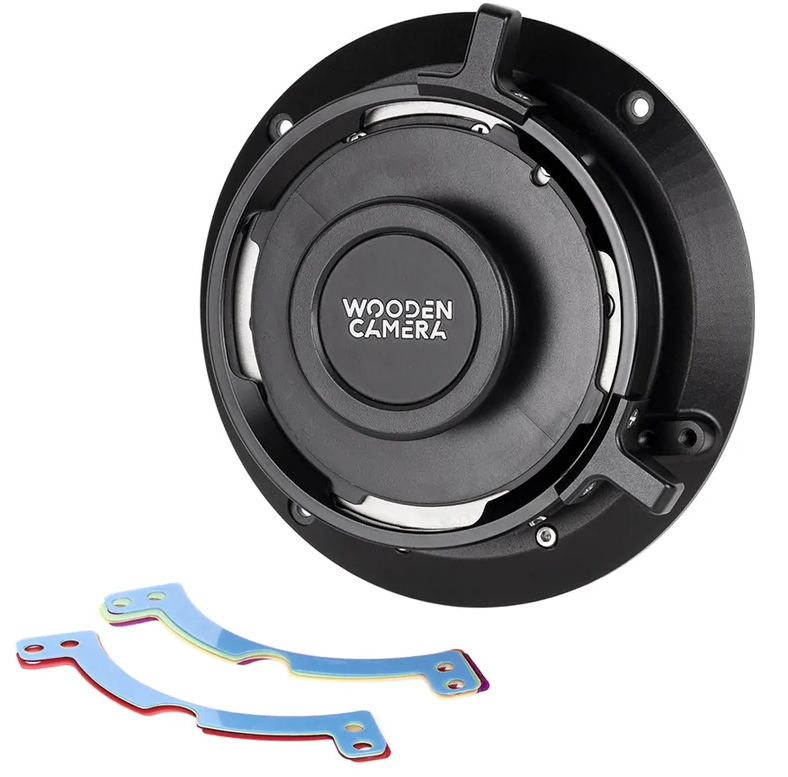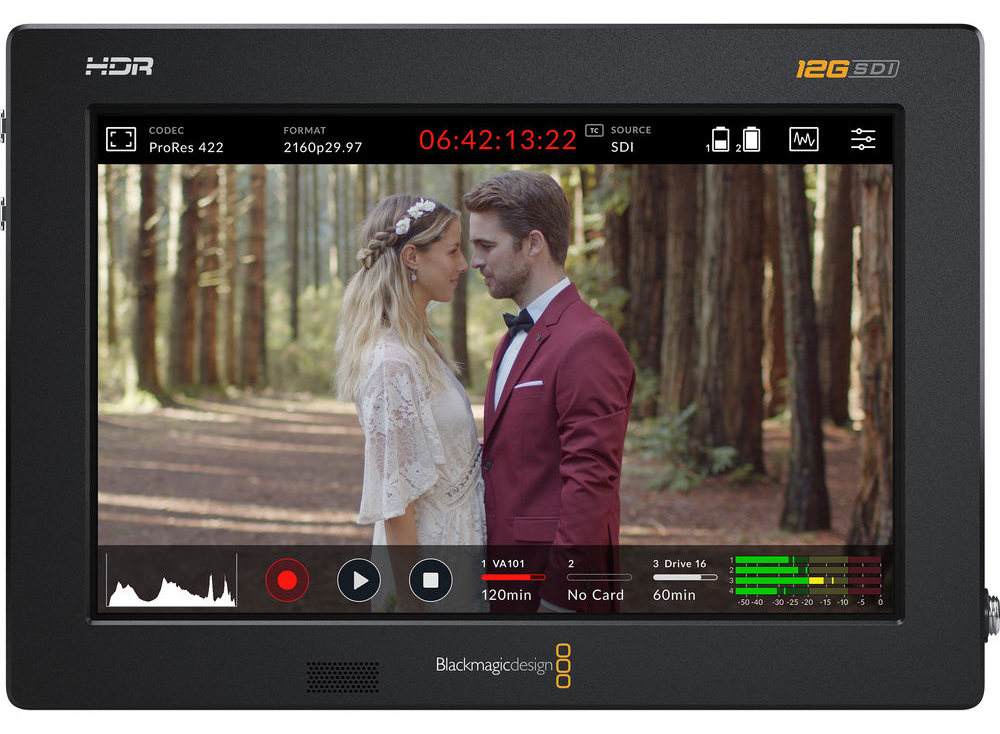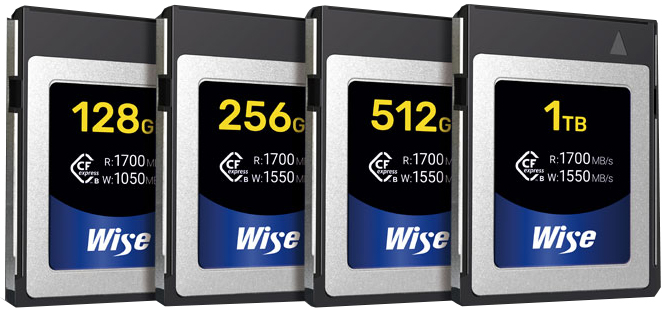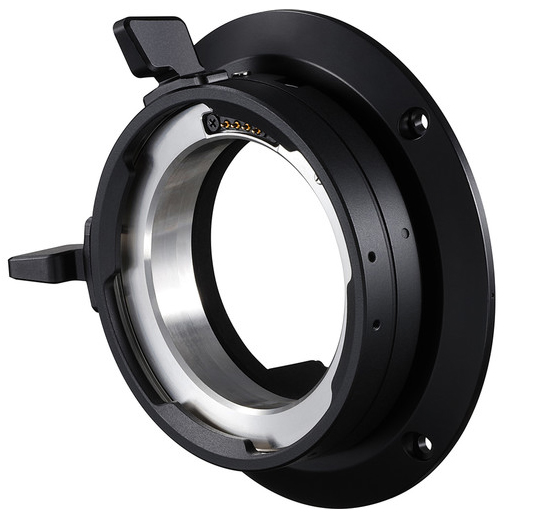Canon EOS C500 MkII
Canon EOS C500 MkII features a newly developed DIGIC DV 7 image processor which enables Cinema RAW Light recording internally at 5.9K, as well as supporting recording of Canon’s XF-AVC format in 4K 4:2:2 10-bit. Simultaneous recording of the same file format is possible to the dual CFexpress card slots, with an additional SD card slot for proxy files. This multi-recording format provides efficiency and fulfils production requirements.
5.9K Full Frame sensor packed into a newly developed compact and reliable Cinema EOS body, this camera provides new inspiration and great flexibility for all cinematographers.
Breathtaking Full Frame image quality
Canon’s own developed 5.9K full frame CMOS sensor delivers an immersive cinematic look combined with natural, smooth skin-tones and faithful colour reproduction with Canon colour science. The sensor also provides 15+ stop latitude with a wide colour space, perfect for High Dynamic Range productions.
5.9K Over Sampling Processing for 4K
The EOS C500 Mark II uses a high-quality debayering algorithm when over sampling 5.9K for 4K/UHD recording. This suppresses moiré and reduces noise, resulting in a superior quality image.
Compact, lightweight and reliable
Approx. 1,750g lightweight body enables it to be comfortably rigged with gimbals, hand-held rigs, making it ideal for various shooting conditions.
Various mount and lens options
The EOS C500 Mark II provides support for optional interchangeable lens mounts for different project requirements. EF lens mount provides perfect compatibility with a huge range of Canon EF lenses including EF Cine Primes, while the optional PL mount supports the Cooke /i system. Additionally, B4 mount adapters are also available (for EF or PL mounts) to use with B4 lenses.
Highly configurable and modular design
Optional Extension Units offer a flexible modular design and configuration capability to cater for a variety of production requirements. Extension Unit 1 offers multi-camera support with a Genlock interface, while Extension Unit 2 adds further interfaces, such as two more XLR inputs, ideal for broadcast applications and a V-Lock battery mount for extended recording times. The optional EVF Unit is ideal for hand-held use but also answers user’s demands to make it easily removable for gimbal applications.
Details of the manufacturer
- Canon Inc.
- 30-2, Shimomaruko 3-chome, Ohta-ku
- Tokyo 146-8501, Japan
(81) 3-3758-2111
https://www.canon-europe.com/contact_us/
Details of the person responsible for putting the product on the European market
- Canon Deutschland GMBH
- Europark Fichtenhain A10
- 47807 Krefeld, Germany
+49 2151 345 0



